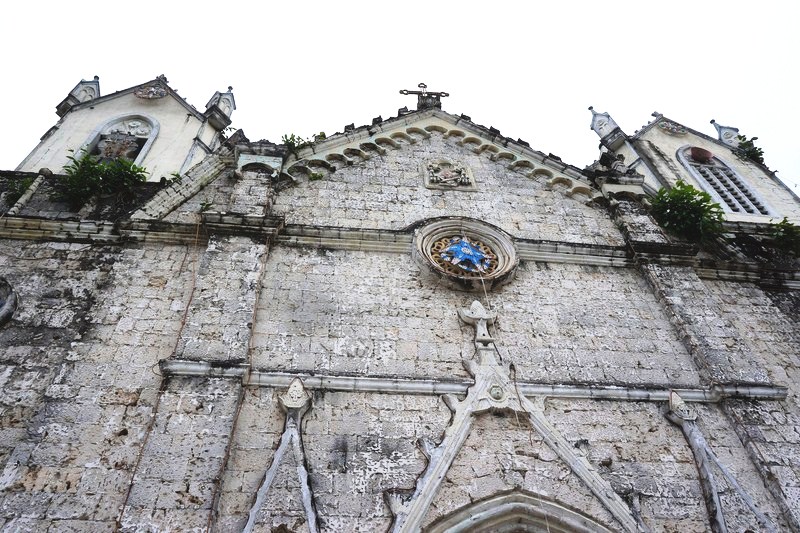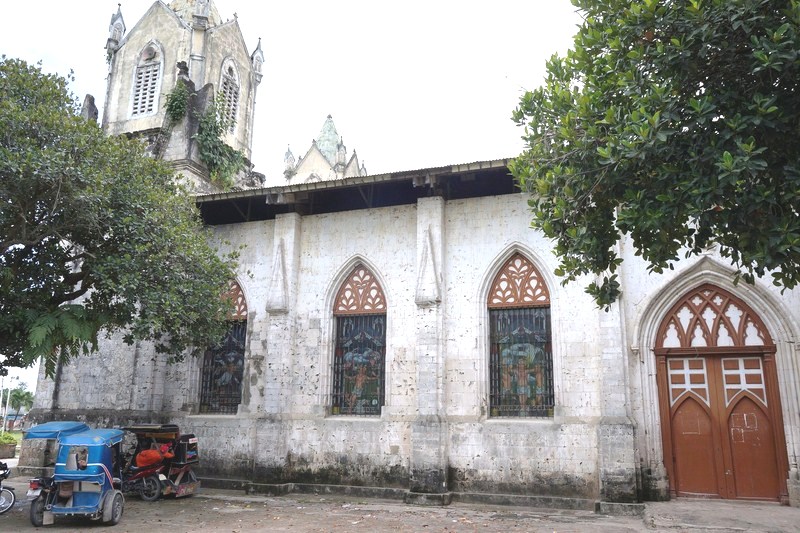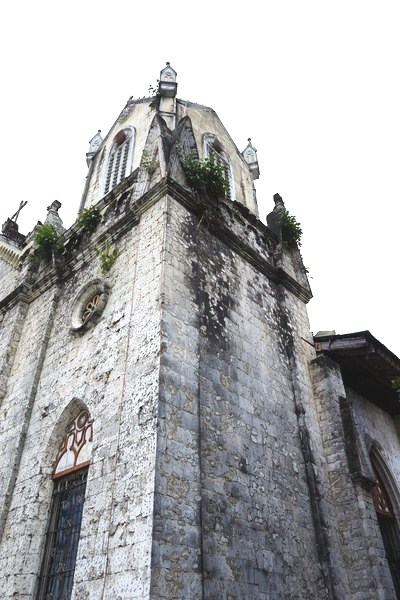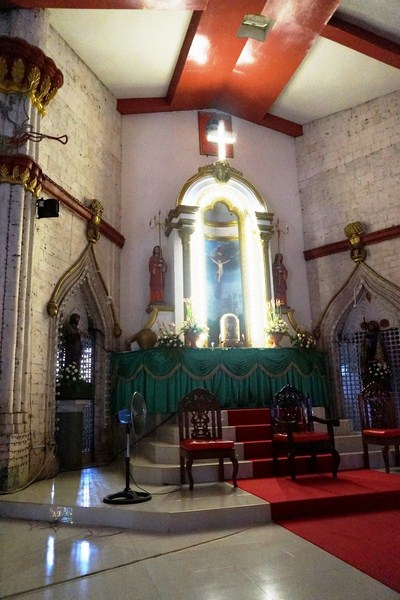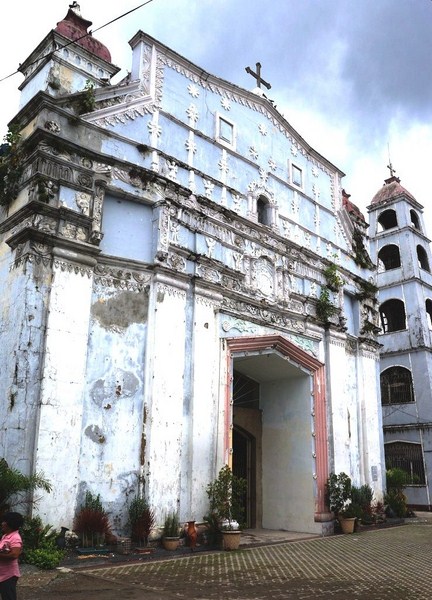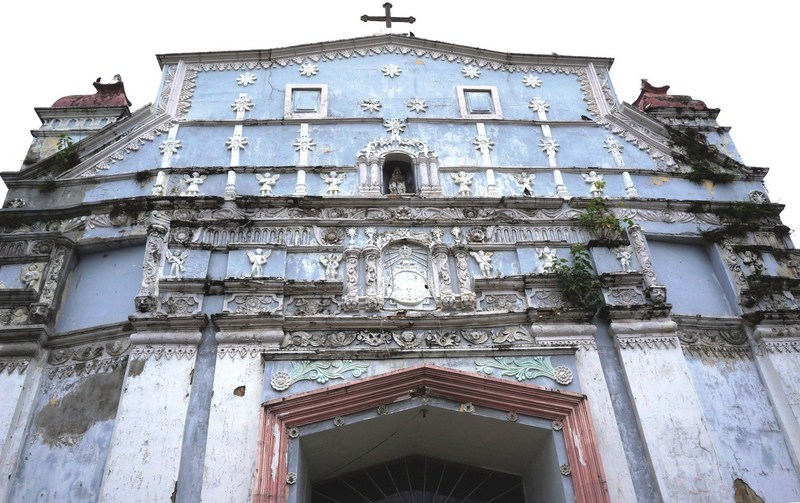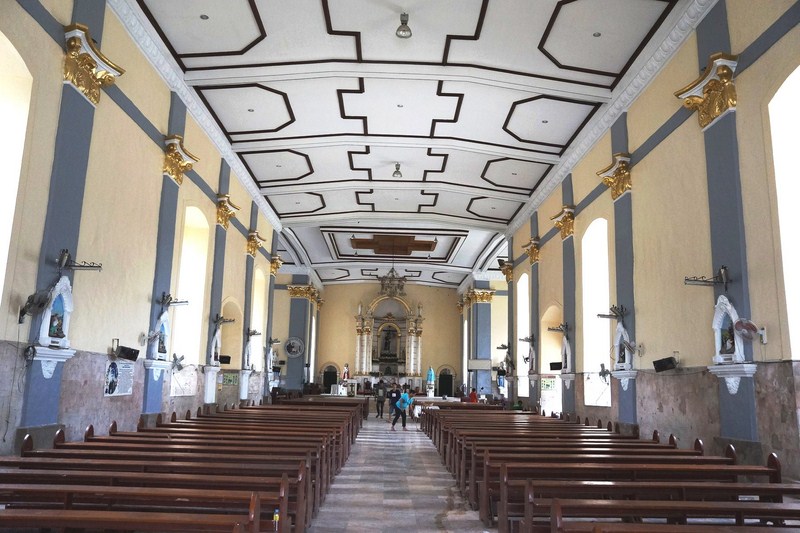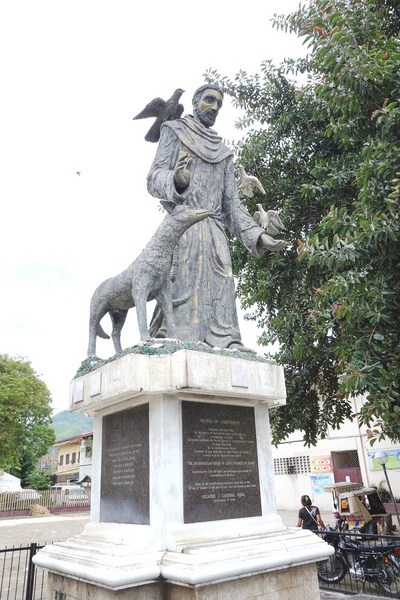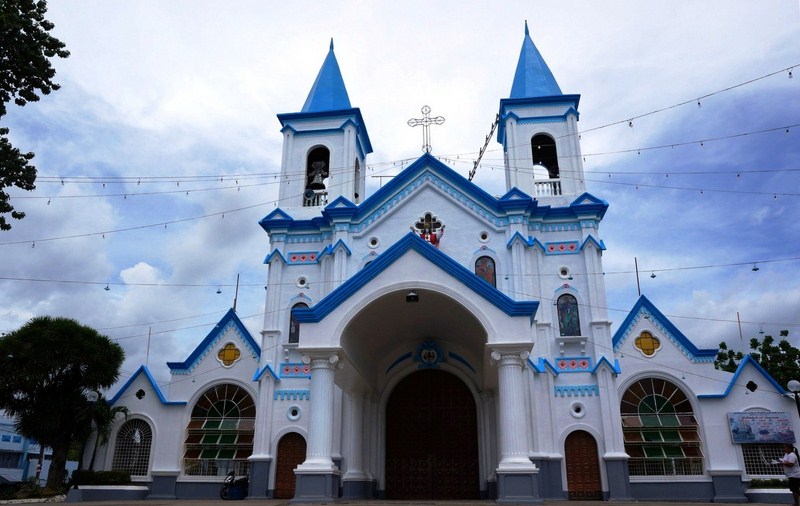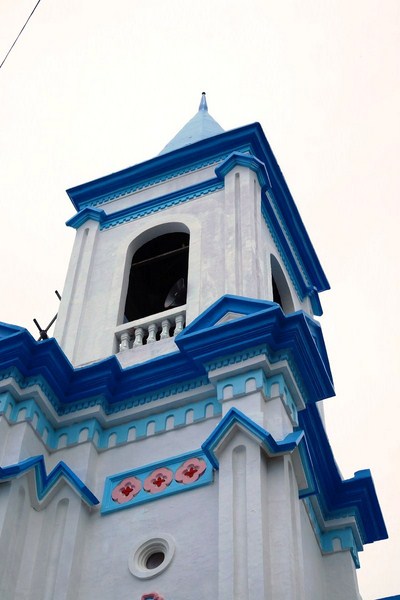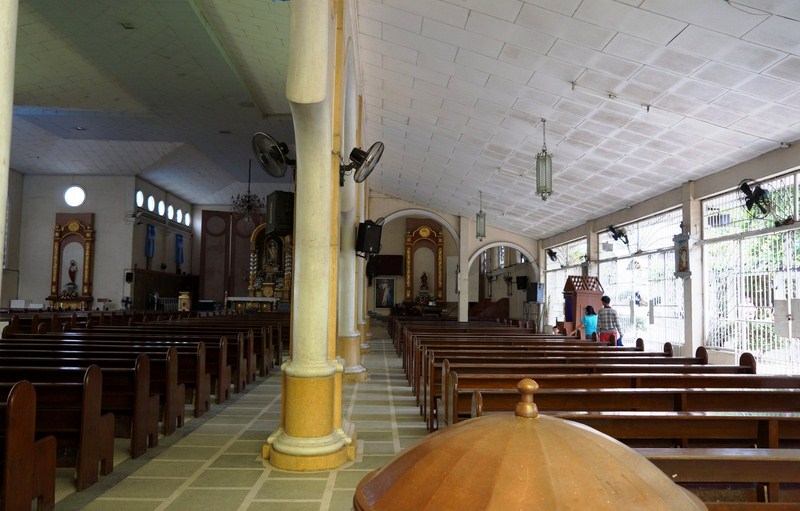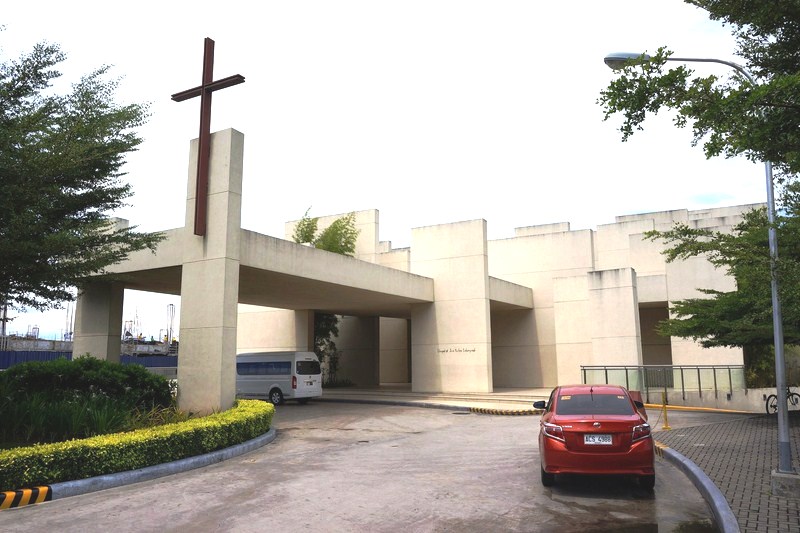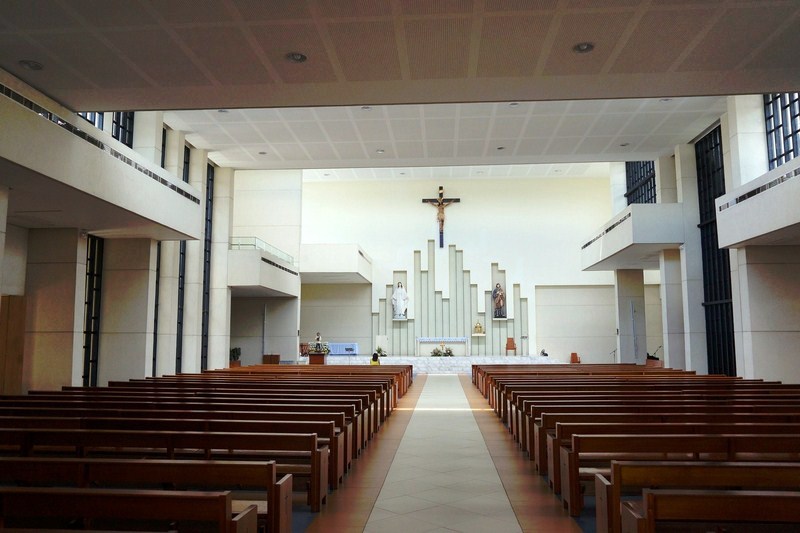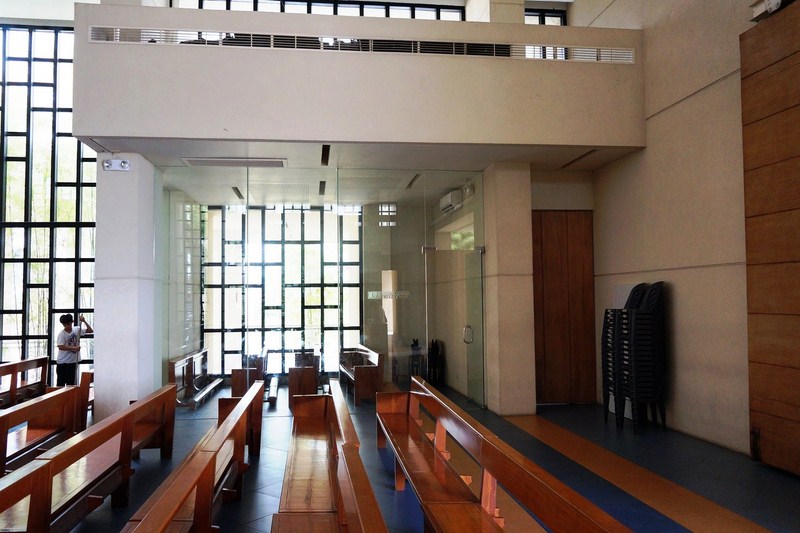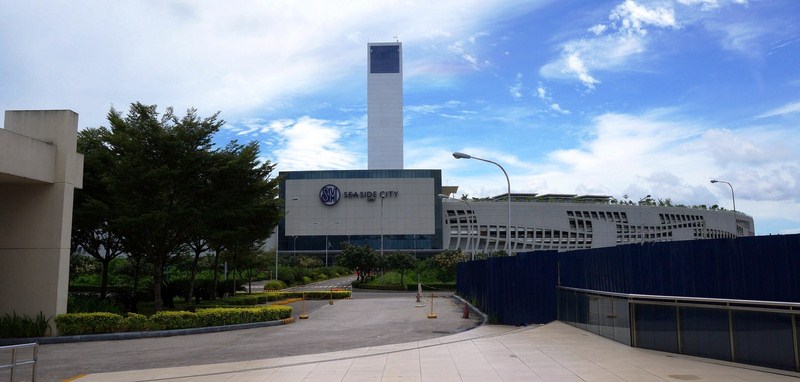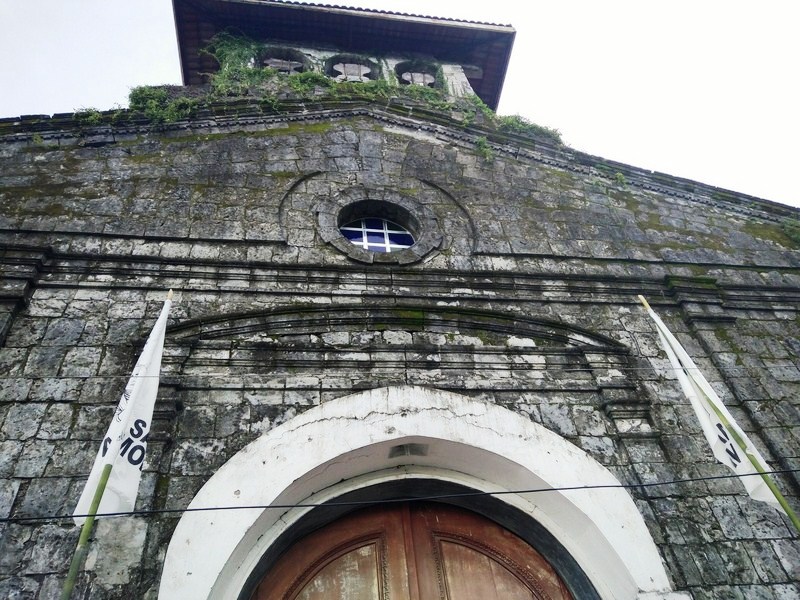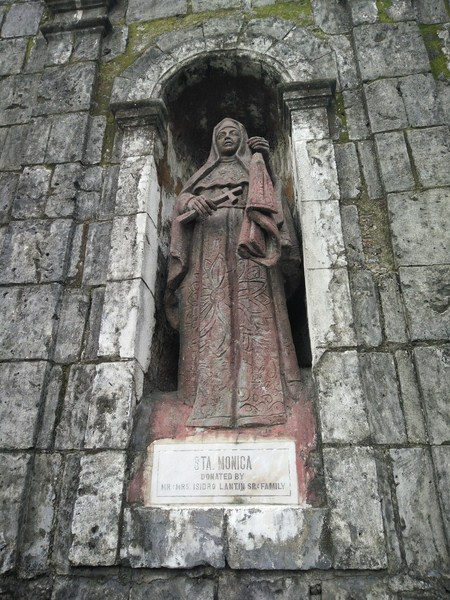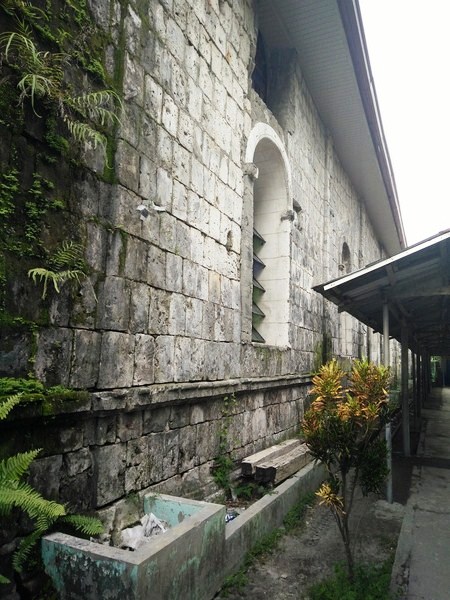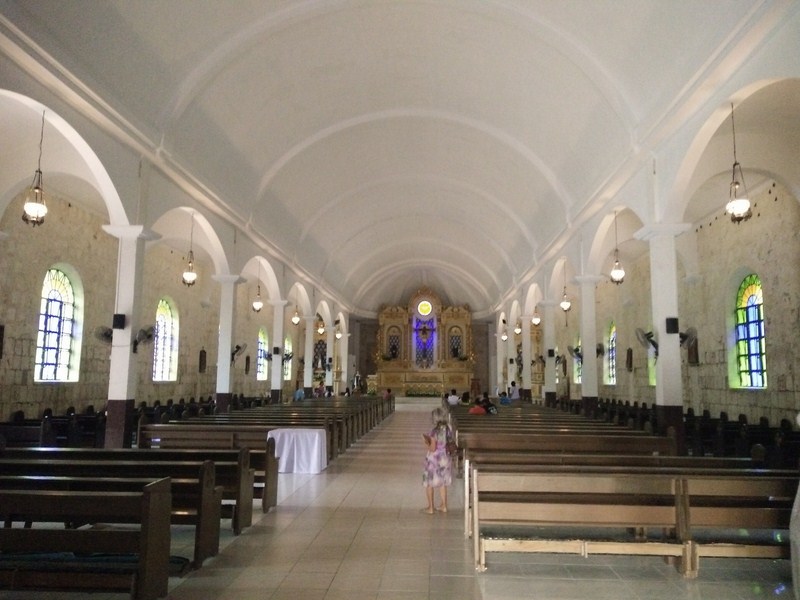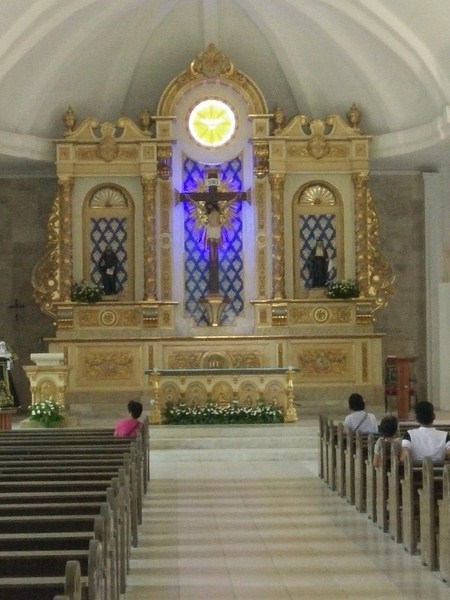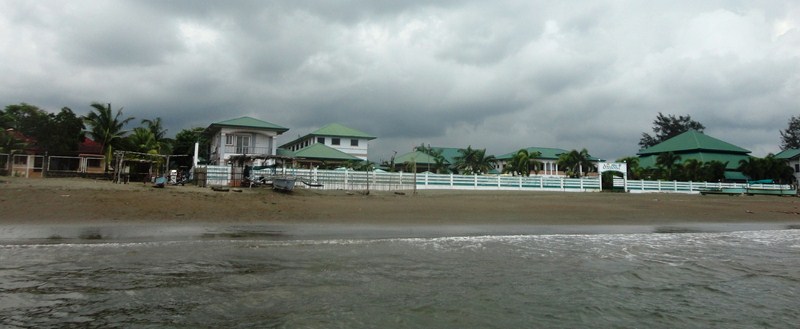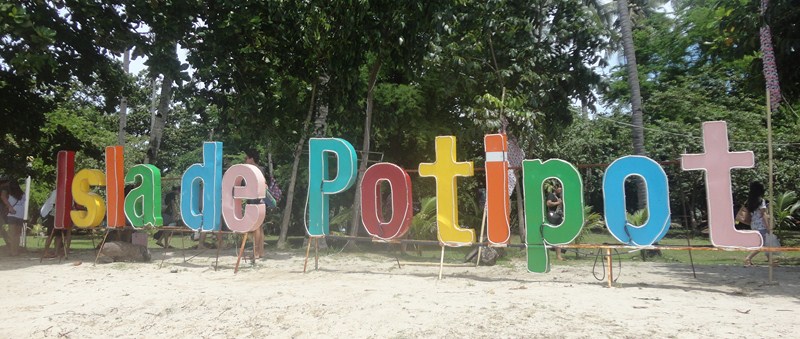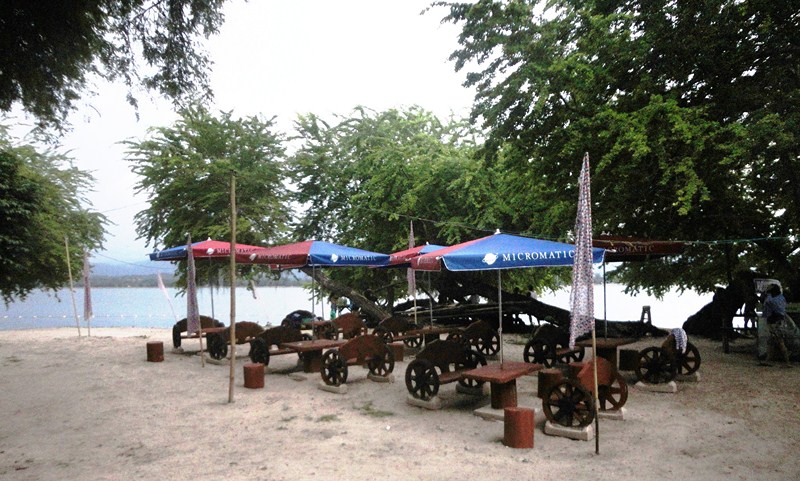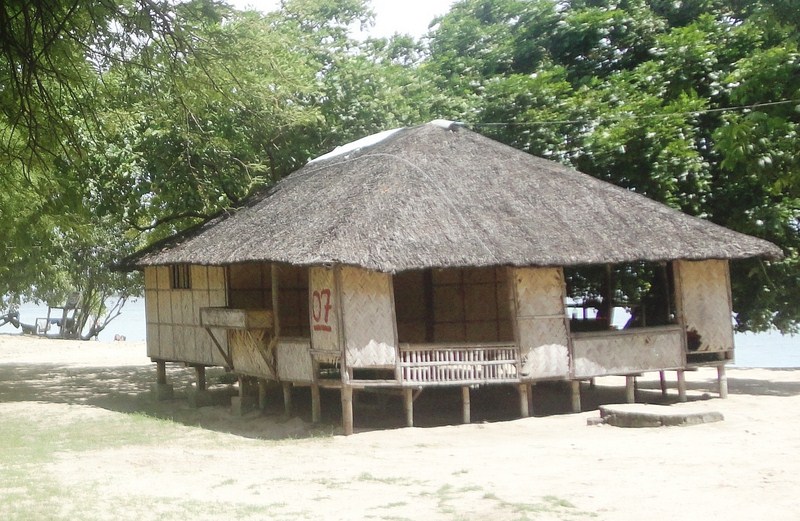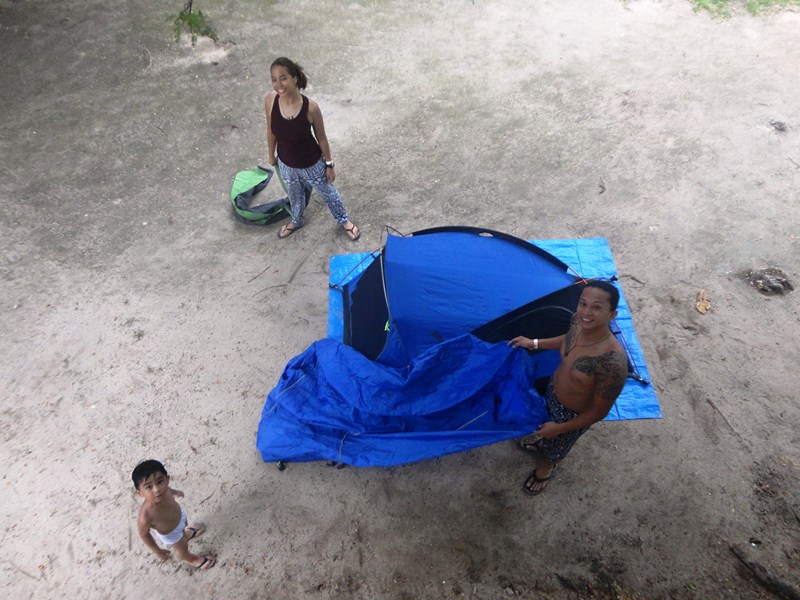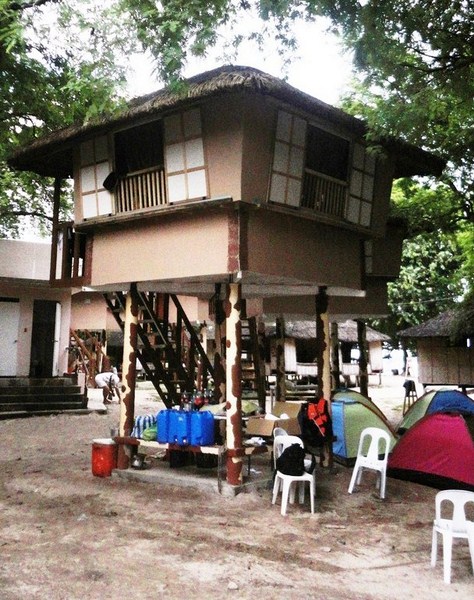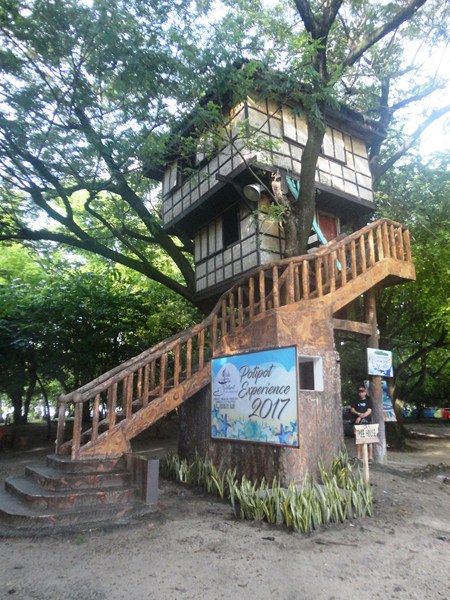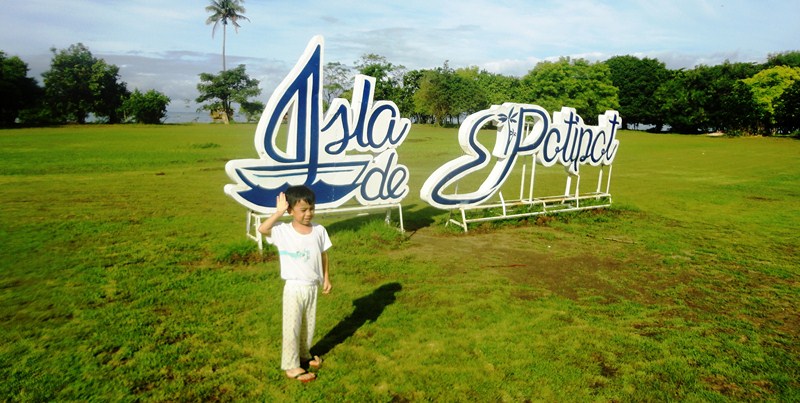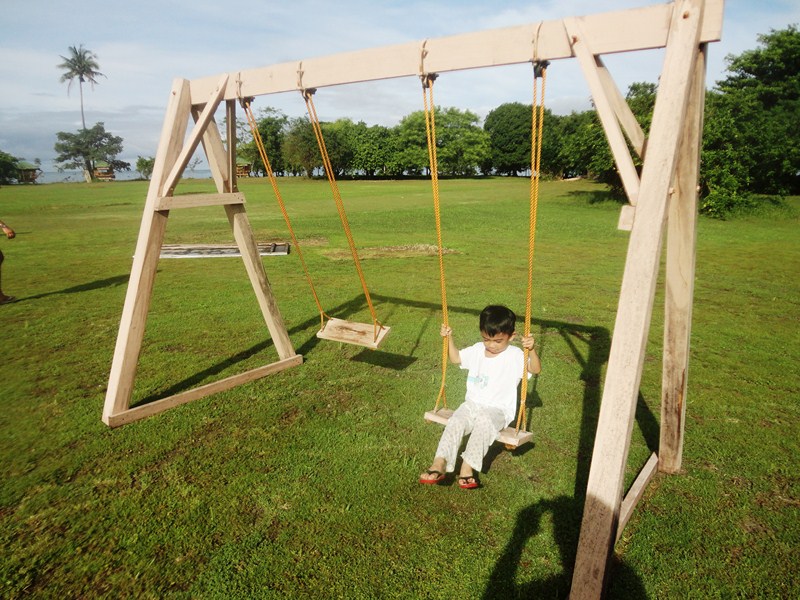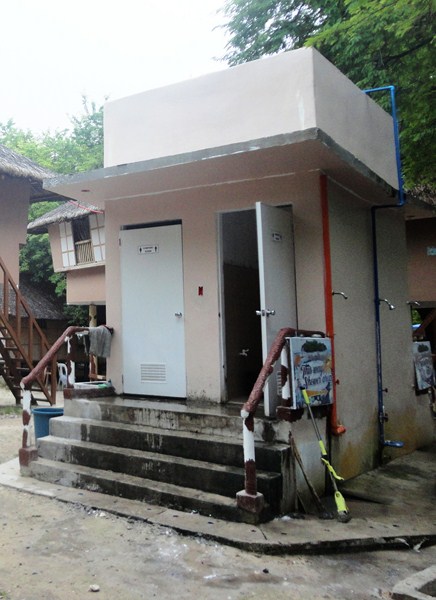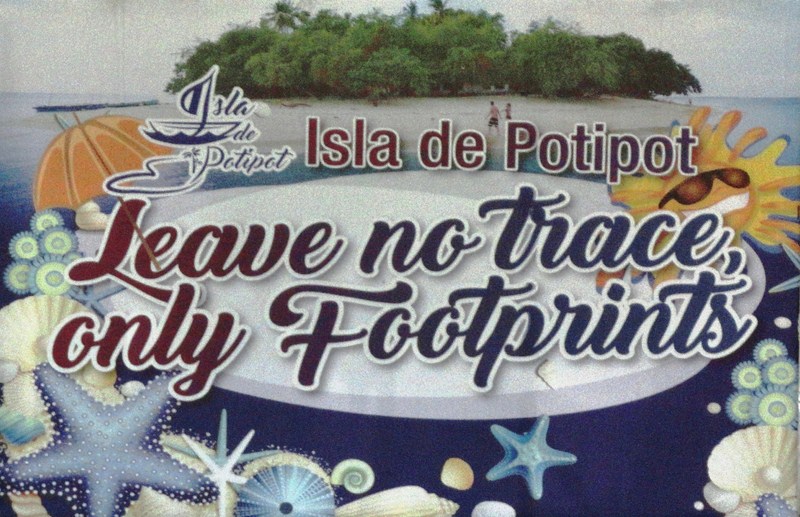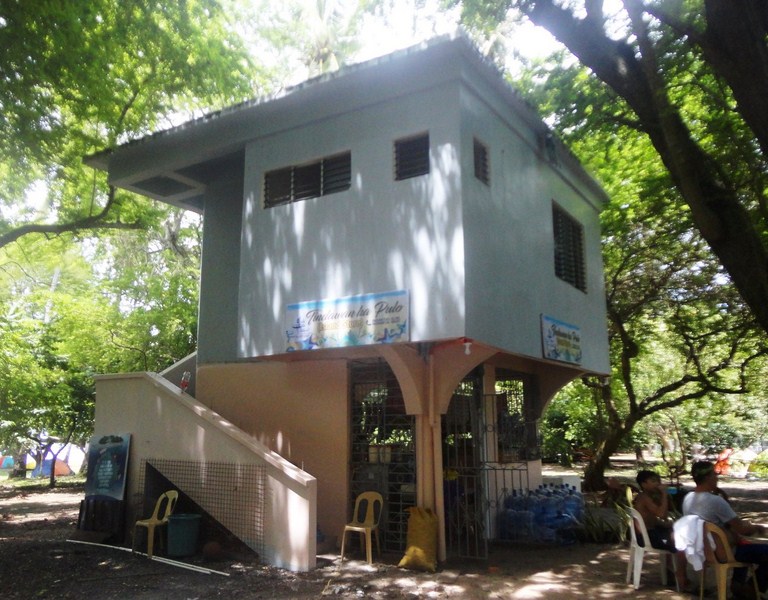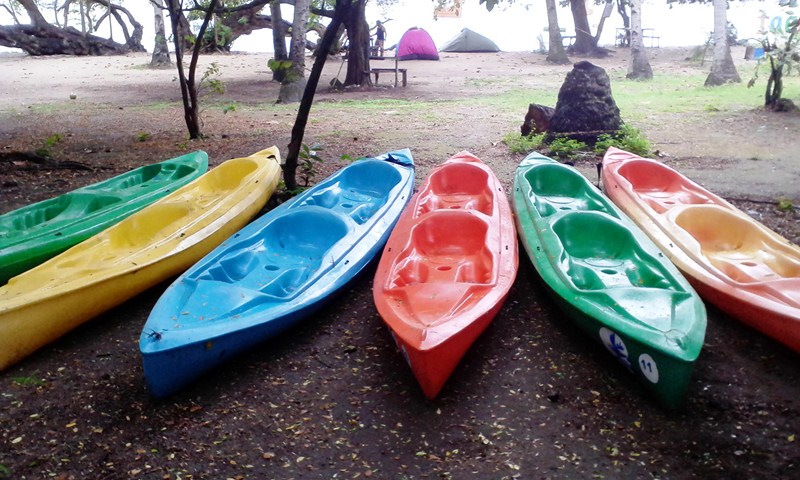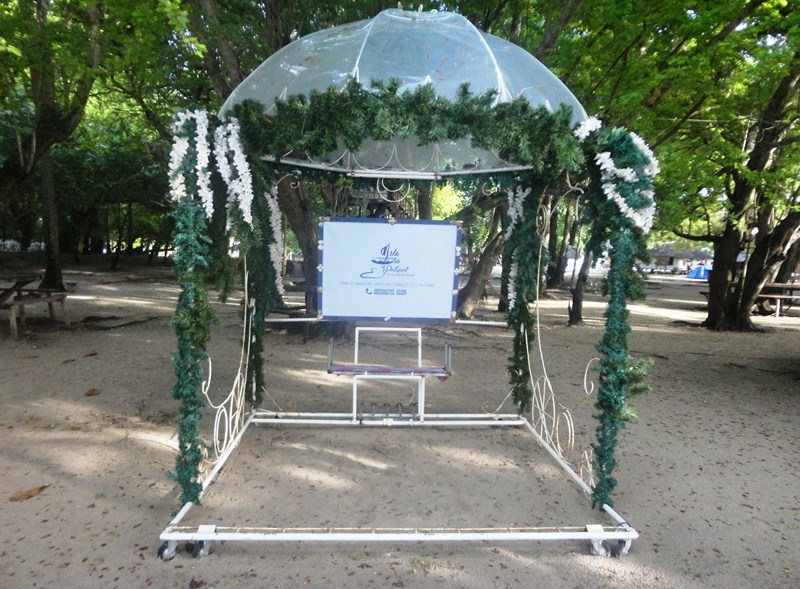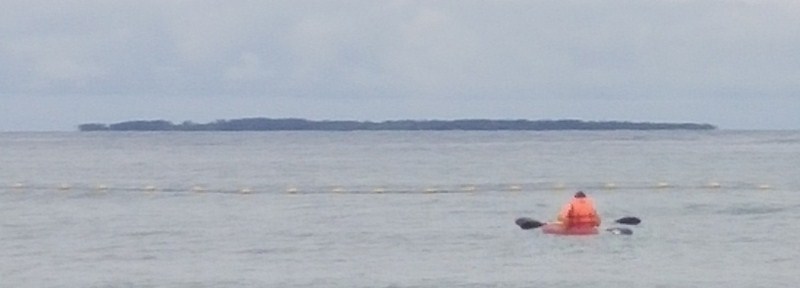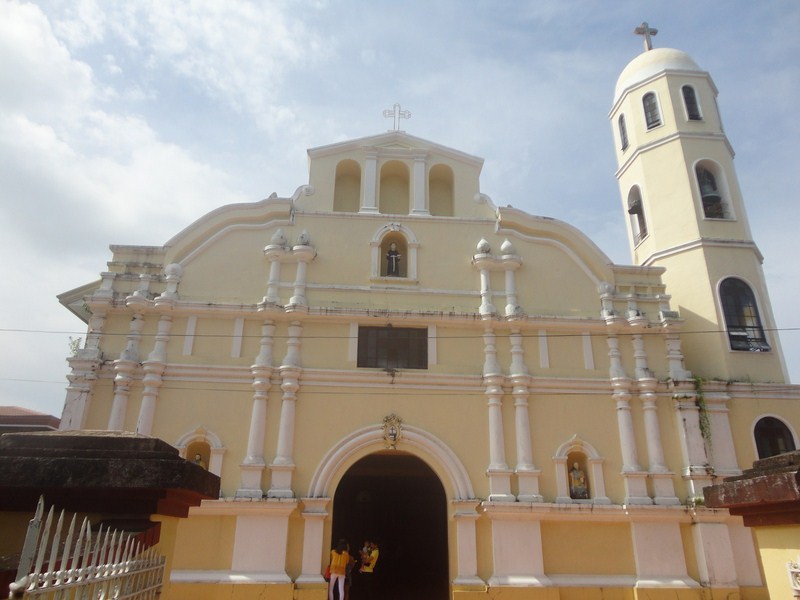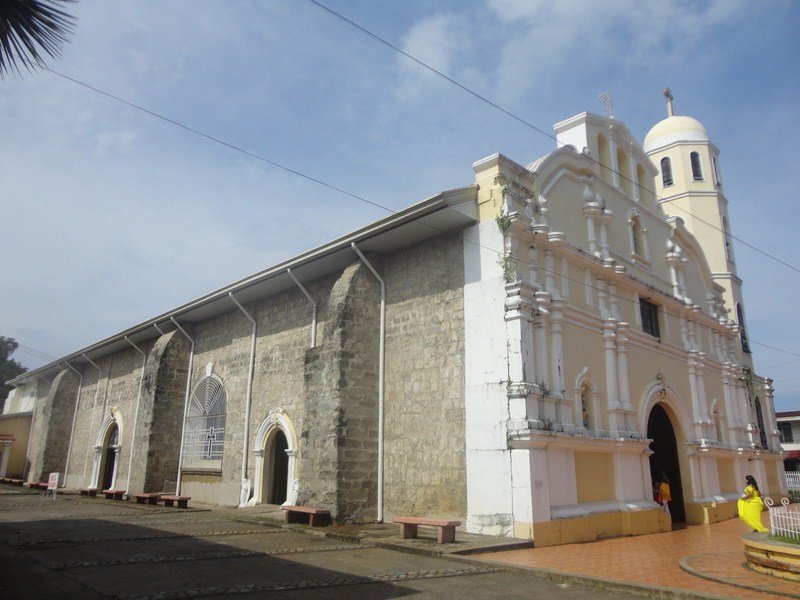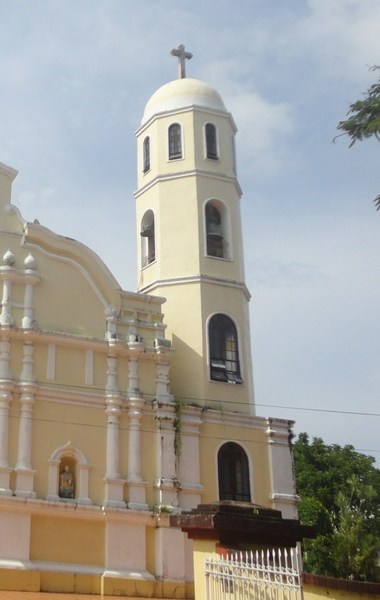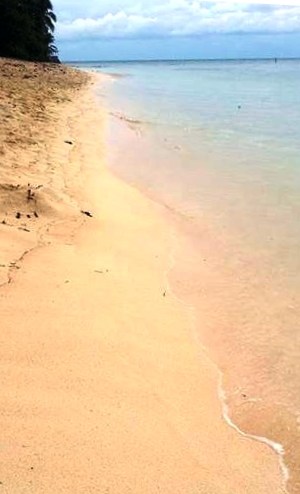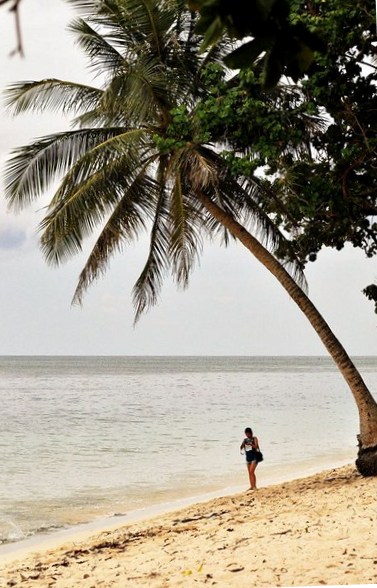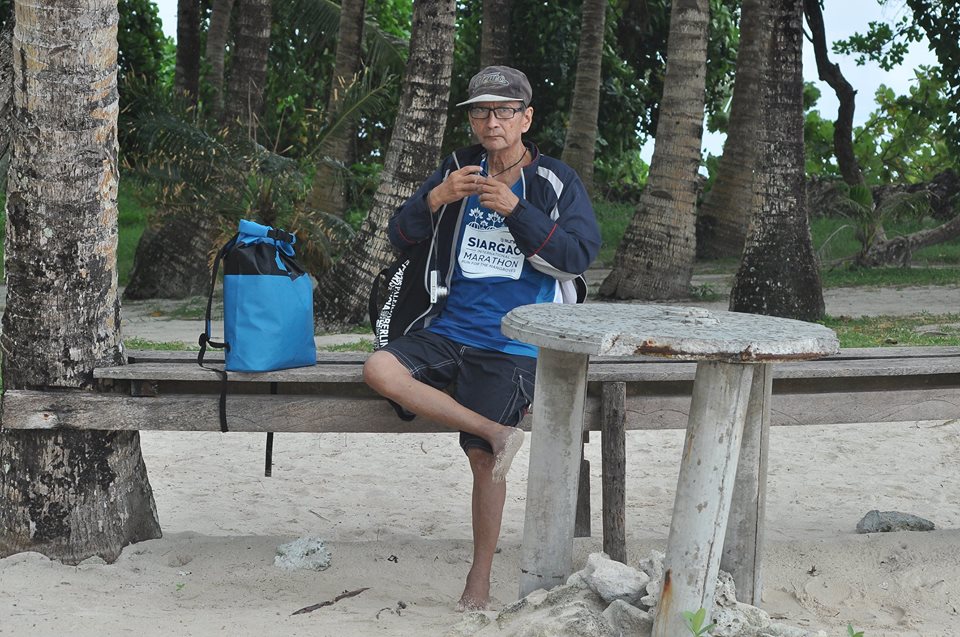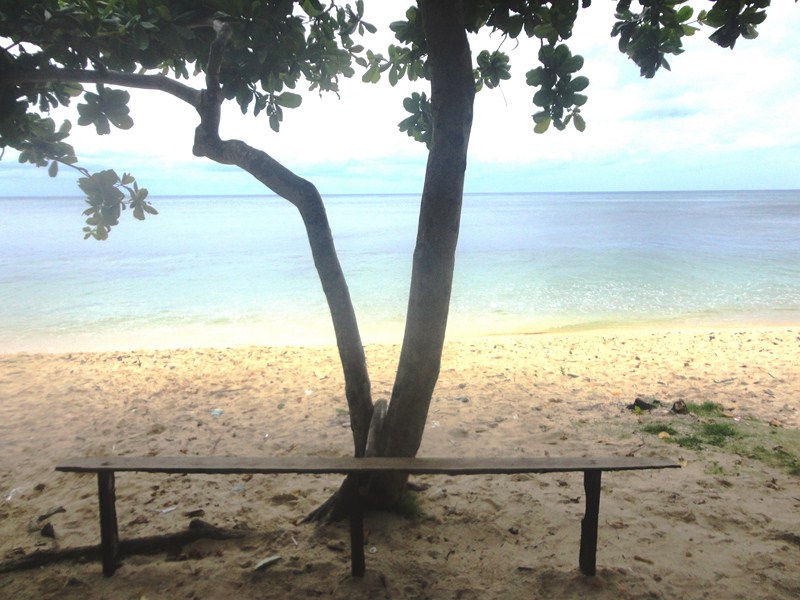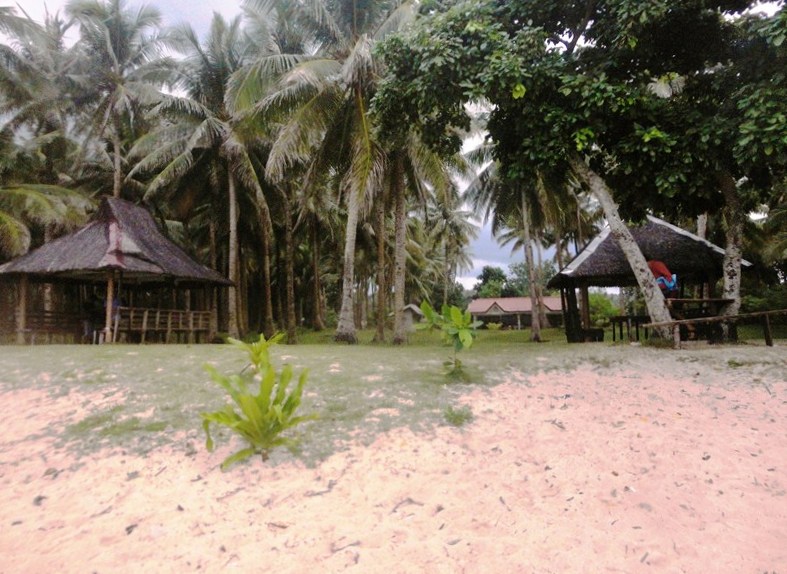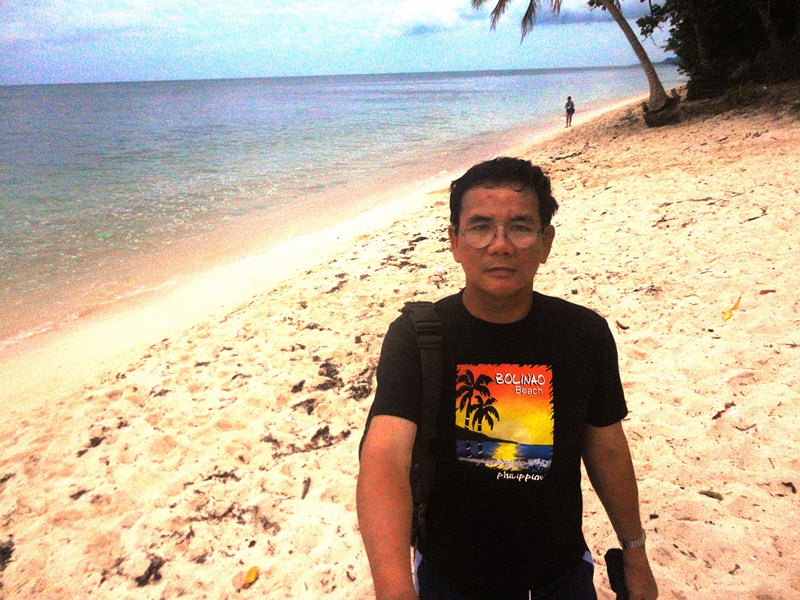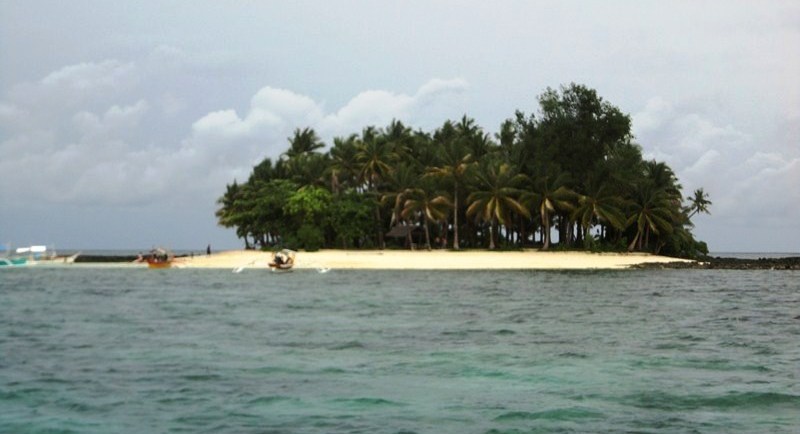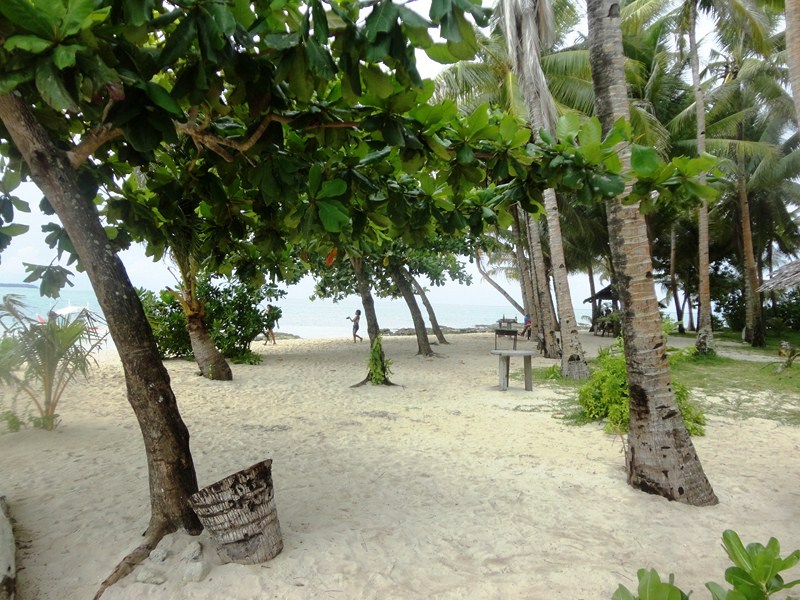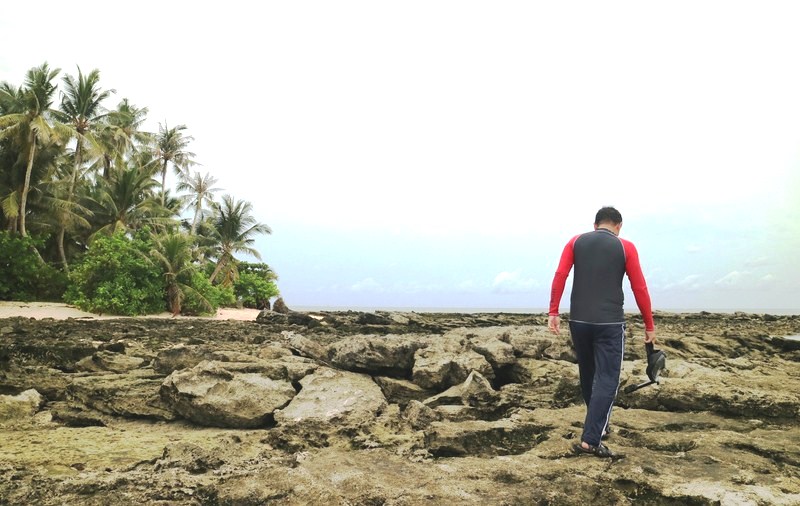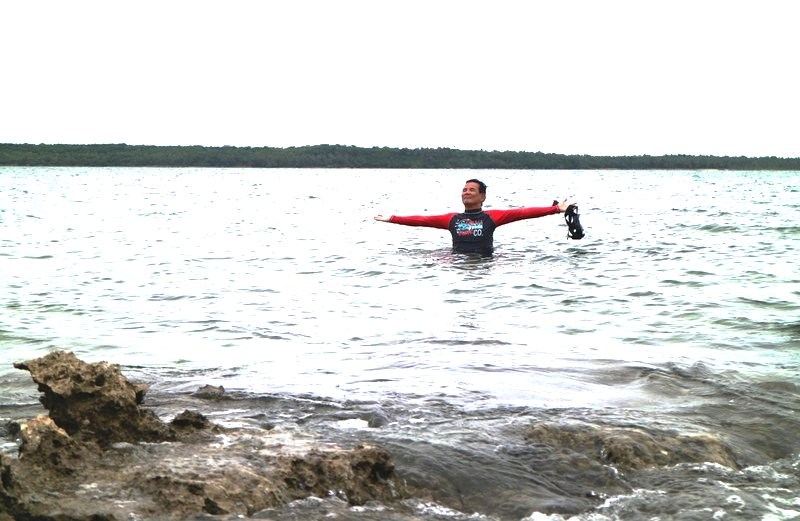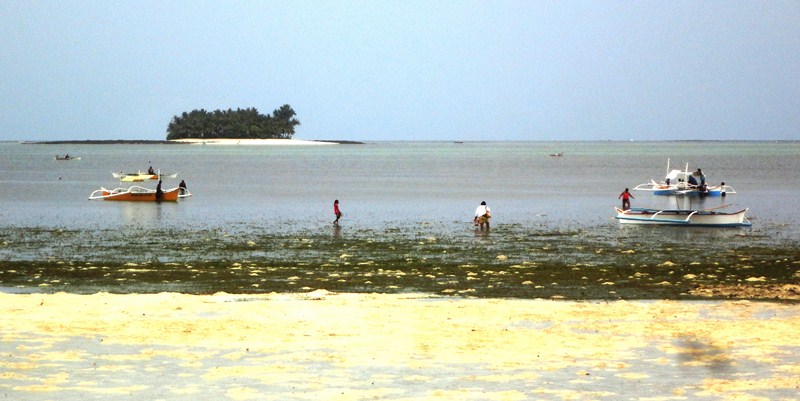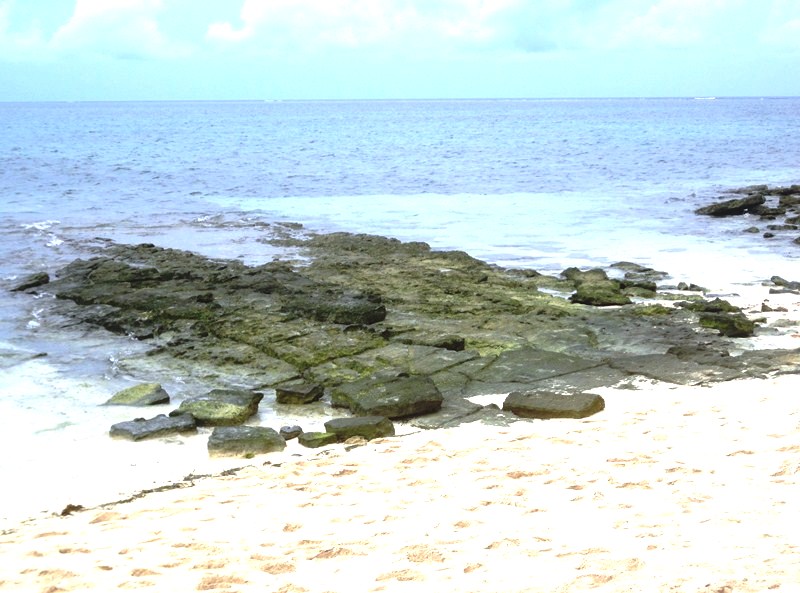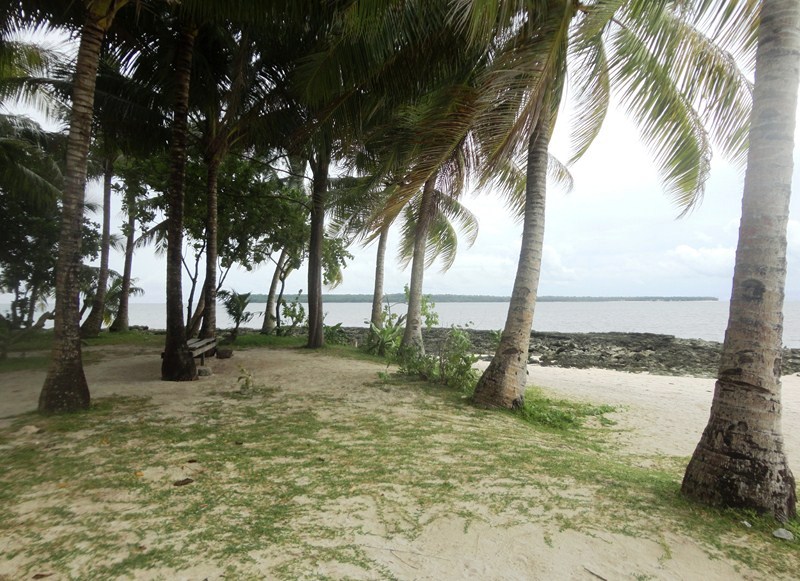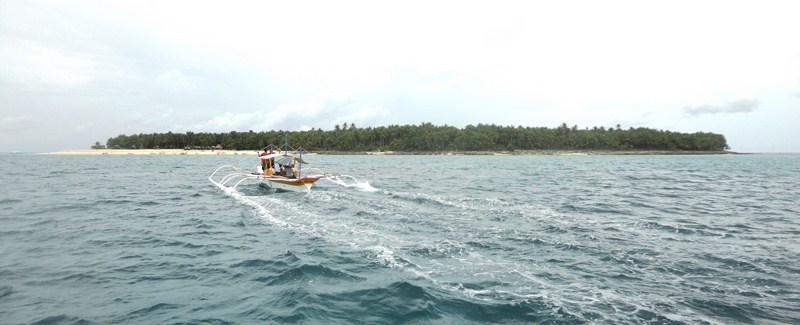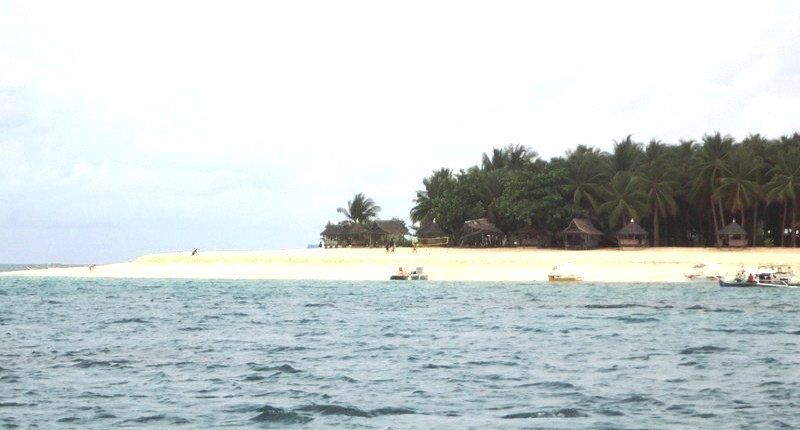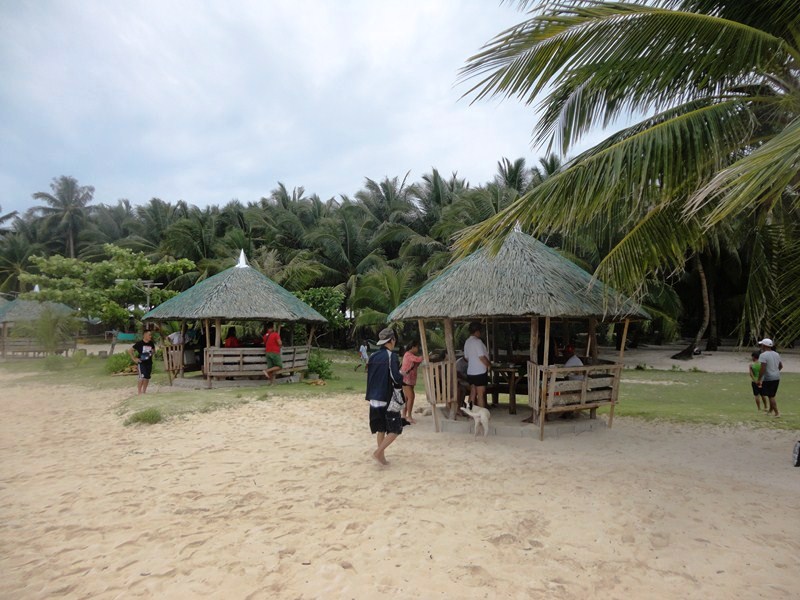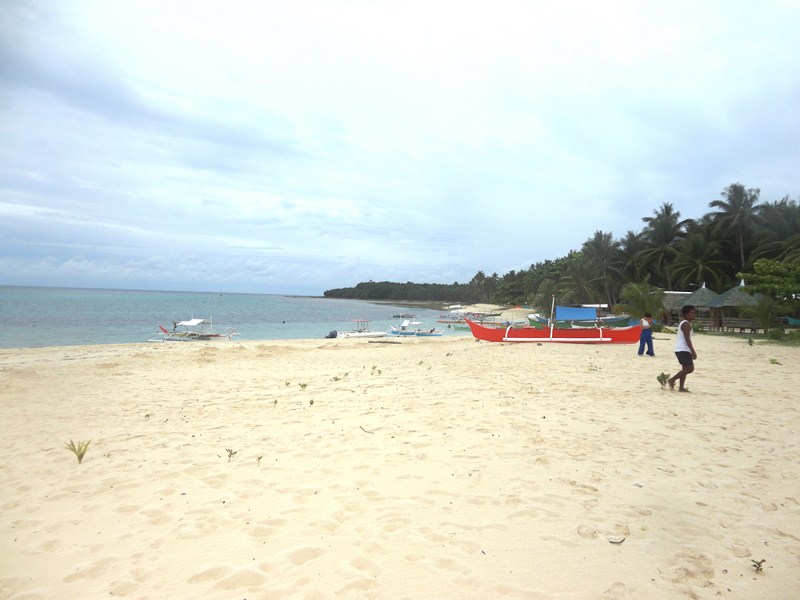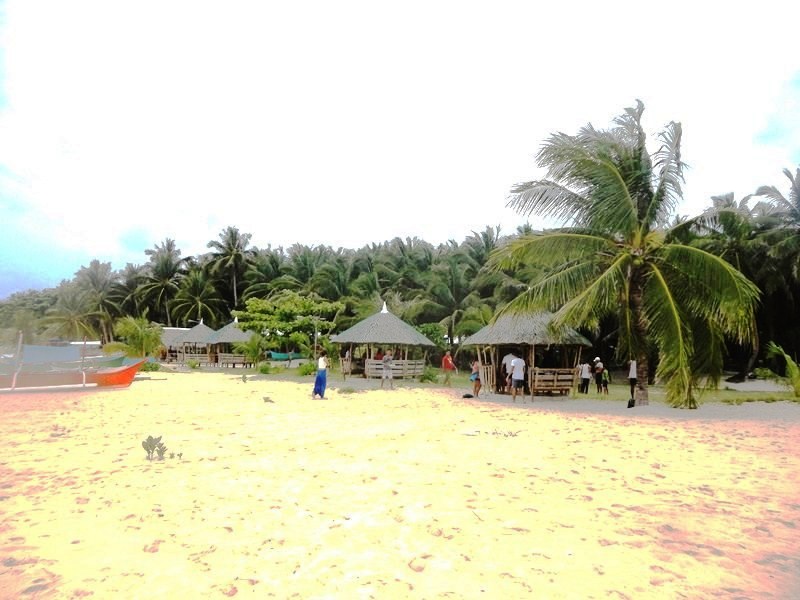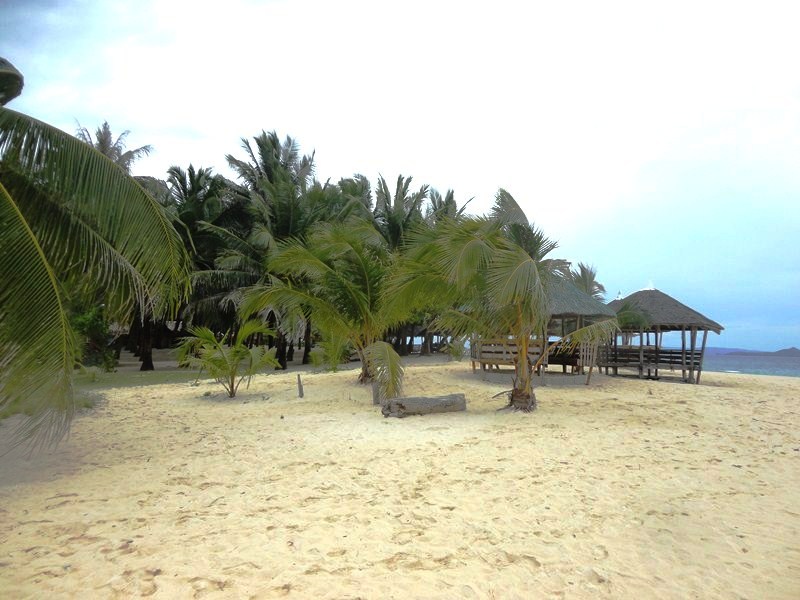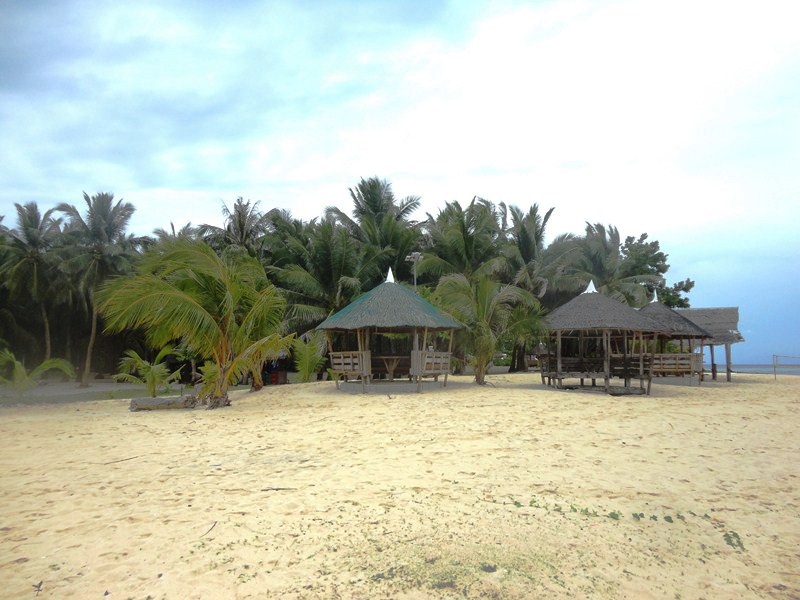Part 5 of the Bluewater Maribago Beach Resort & Spa-sponsored City Tour
The town’s first church was constructed at Brgy. Pitalo but, after repeated repairs, it was decided that a new and much better church was be constructed on a land donated by Doña Clara Najarro at Taboan Market, not far from the town’s present cemetery.
The present masonry church was started by Fr. Miguel del Burgo on December 1870, following the plans of Spanish architect and engineer Don Domingo Esconrillas, and continued by Fr. Emiliano Diez on March 11, 1876. During the November 25, 1877 typhoon, half of the church’s roof, the sacristy and convent fell. It was finished and solemnly blessed on October 25, 1886.
During World War II, the church was spared from war damage. In 1945, the separate, two storey, coral stone convent was turned into a school. From 1968-76, Fr. Constantino Boctoy renovated the church.
Its Neo-Gothic facade has a flamboyant pointed, recessed arch main entrance flanked by two small pointed arch windows. The main doorway is topped, above the cornice line, by a large, elaborately carved rose window. Flat pilasters, mounted on high rectangular pedestals, rise up to the pediment line. They end up in pinnacles and divide the facade into three vertical sections.
The upper level, integrated with the gable, is crowned at the apex by a cross and has a small, centrally located carved Augustinian emblem. Traceries line eaves of the pediment. The church interior has been heavily renovated.
A strong typhoon cut the tops of the twin Gothic-style square bell towers and they were never rebuilt to its original height. The present twin belfries, seemingly incongruous with the overall coral stone structure, were actually built in concrete later in the 20th century. They have one wheel window on the lower level, flame-like windows on the upper and both taper into spires topped by pinnacles at the corners of the painted dome.
Church of St. Isidore the Farmer: Natalio B. Bacalso South National Highway, Brgy. Poblacion South. Tel: (032) 488-9314. Feast of St. Isidore the Farmer: May 15.
How To Get There: San Fernando is located 29.3 kms. south of Cebu City. Buses to San Fernando park at the Cebu South Bus Terminal along N. Bacalso Ave. in Cebu City. The church is just across the municipal hall.
Bluewater Maribago Beach Resort & Spa: Buyong, Maribago, Lapu-Lapu City, 6015, Cebu. Tel: (032) 492-0100. Fax: (032) 492-1808. E-mail: maribago@bluewater.com.ph. Website: www.bluewatermaribago.com.ph. Metro Manila sales office: Rm. 704, Cityland Herrera Tower, 98 Herrera cor. Valero Sts., Salcedo Village, Makati City, Metro Manila. Tel: (02) 887-1348 and (02) 817-5751. Fax: (02) 893-5391.


